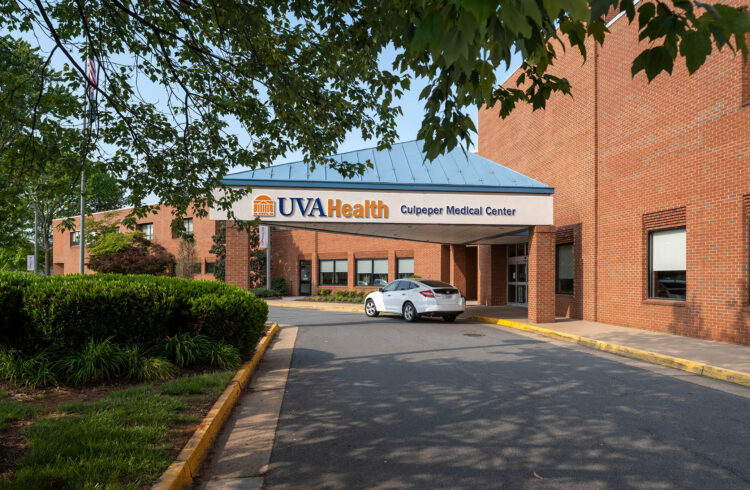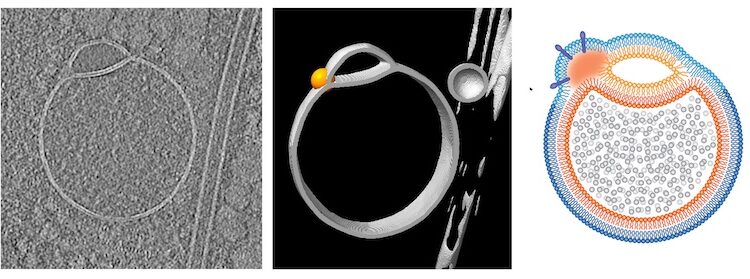
Birds, fish and amphibians can do something that humans and other mammals generally cannot: re-grow damaged or lost inner ear hair cells.
Loss of these cells causes hearing deficiencies and disabling balance problems in an estimated 250 million people worldwide. Despite the compelling need for new treatments, research and development efforts have been hindered by the relative scarcity of inner ear hair cells. A new study by neuroscientists at the University of Virginia Health System promises to boost cell supplies and accelerate therapeutic advancements.
Humans and other mammals only produce hair cells before birth and lose them over time. “People lose hair cells in their inner ear for many reasons – trauma, infections, drug toxicity, genetic disorders and aging,” explains Jeffrey T. Corwin, PhD, professor of Neuroscience at the University of Virginia Health System and co-author of a study published this month in the Proceedings of the National Academy of Sciences (PNAS).
Sensory cells in the inner ear have “hair bundles” that detect the presence of sound. These cells are not only essential for hearing but help to control reflexes that stabilize our visual world, posture and movements. While hair cell loss remains clinically irreversible in humans, related research indicates that the potential for regeneration lies in the supporting cells of our balance organs.
In the UVa study, Dr. Corwin and his co-author, Dr. Zhengqing Hu, describe a new method of growing inner ear hair cells in the laboratory. They isolated cells from the inner ears of chicken embryos and perpetuated the cells in tissue culture. The researchers grew the cultures over several months, froze them and then thawed and greatly expanded the numbers of cells. Then, they discovered methods for causing hair cells to differentiate within the growing cultures.
“We produced the equivalent of test-tube inner ear hair cells,” Dr. Hu says.
The methods developed at UVa are expected to provide a new, reliable source of cells and expand research efforts. “Without adequate supplies of hair cells, it has been difficult to study factors that promote and inhibit their growth,” explains Dr. Corwin. “We hope our findings increase the scope and pace of inner ear research that is ultimately designed to benefit of millions of people around the world who are affected by hearing and balance impairments.”


